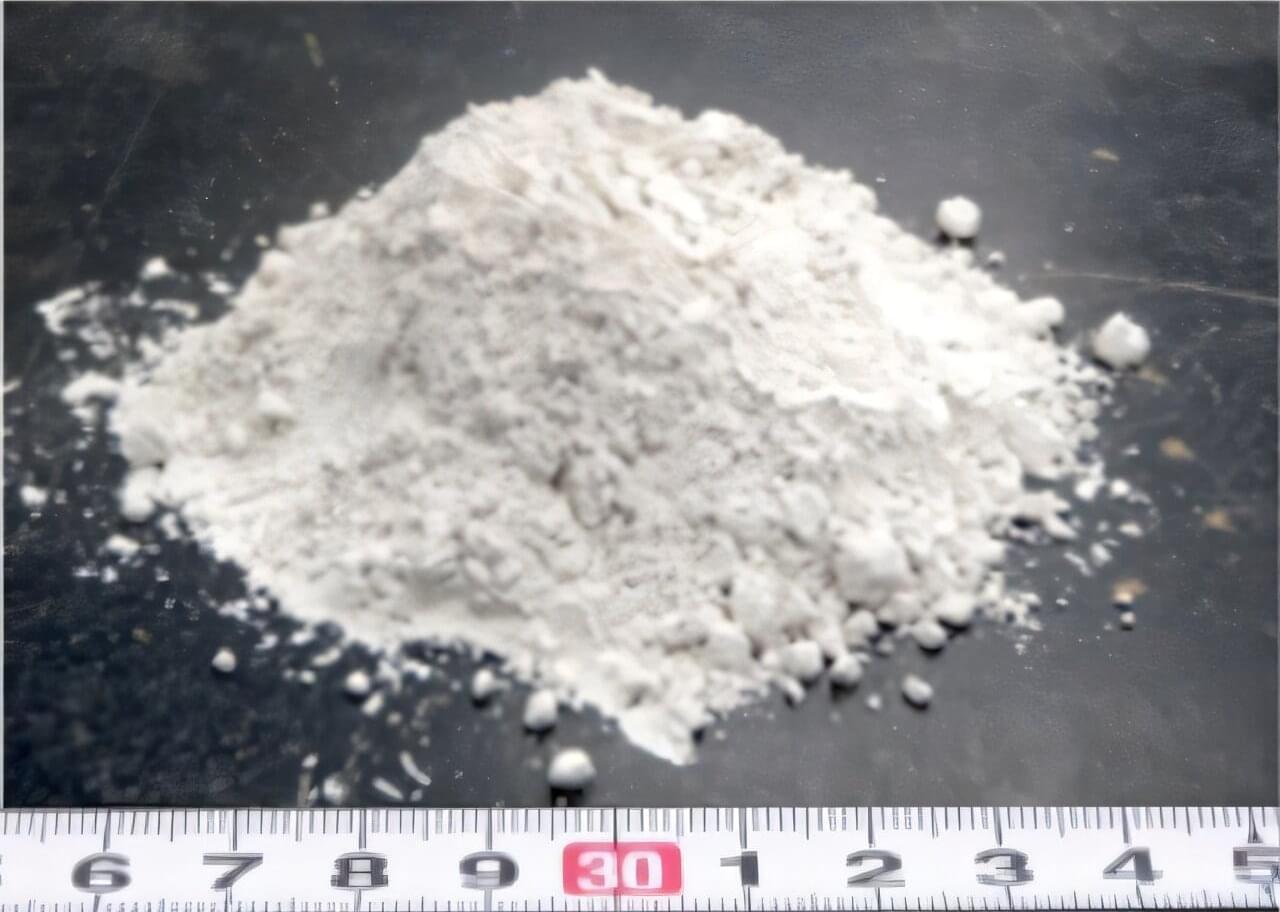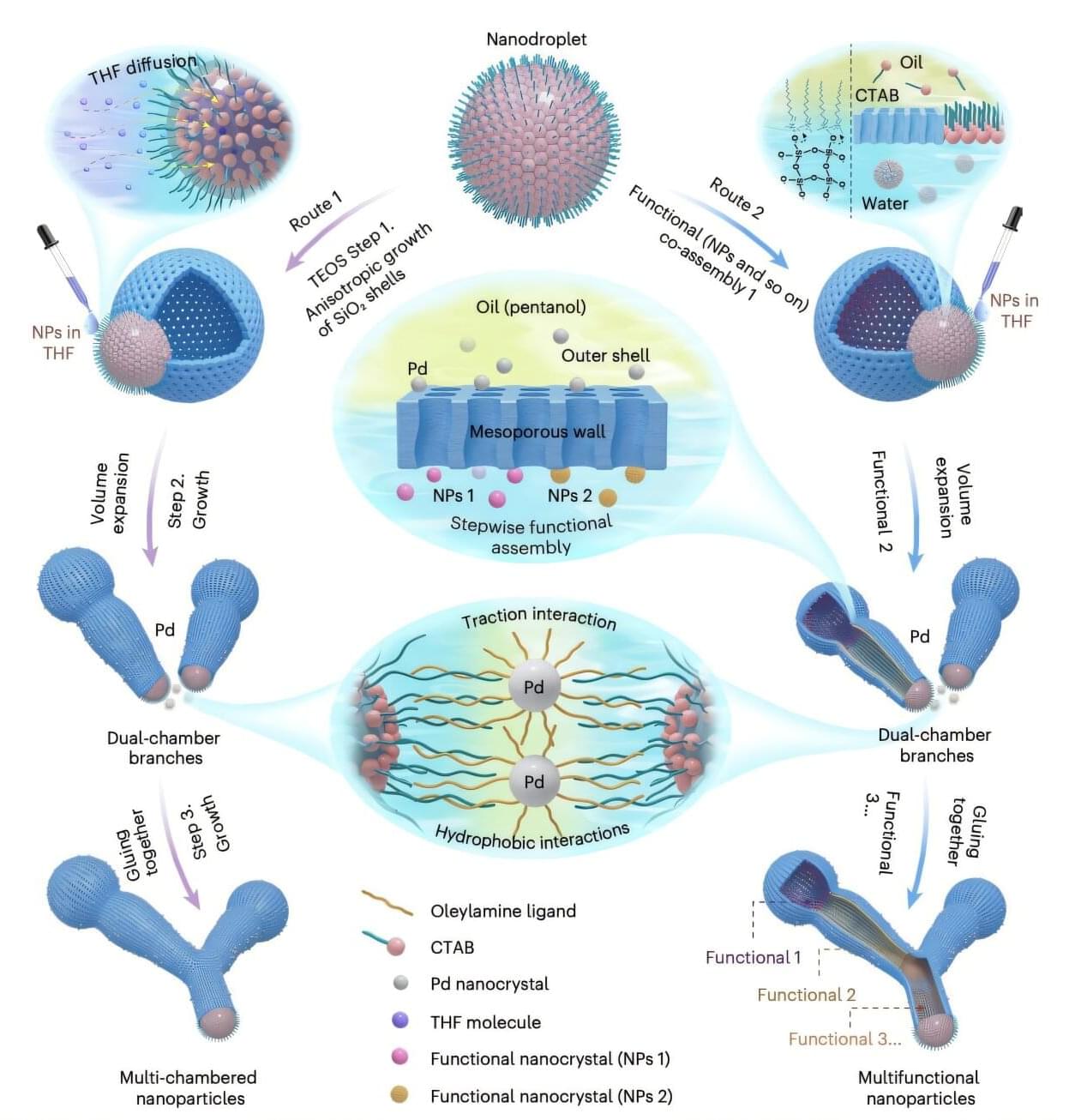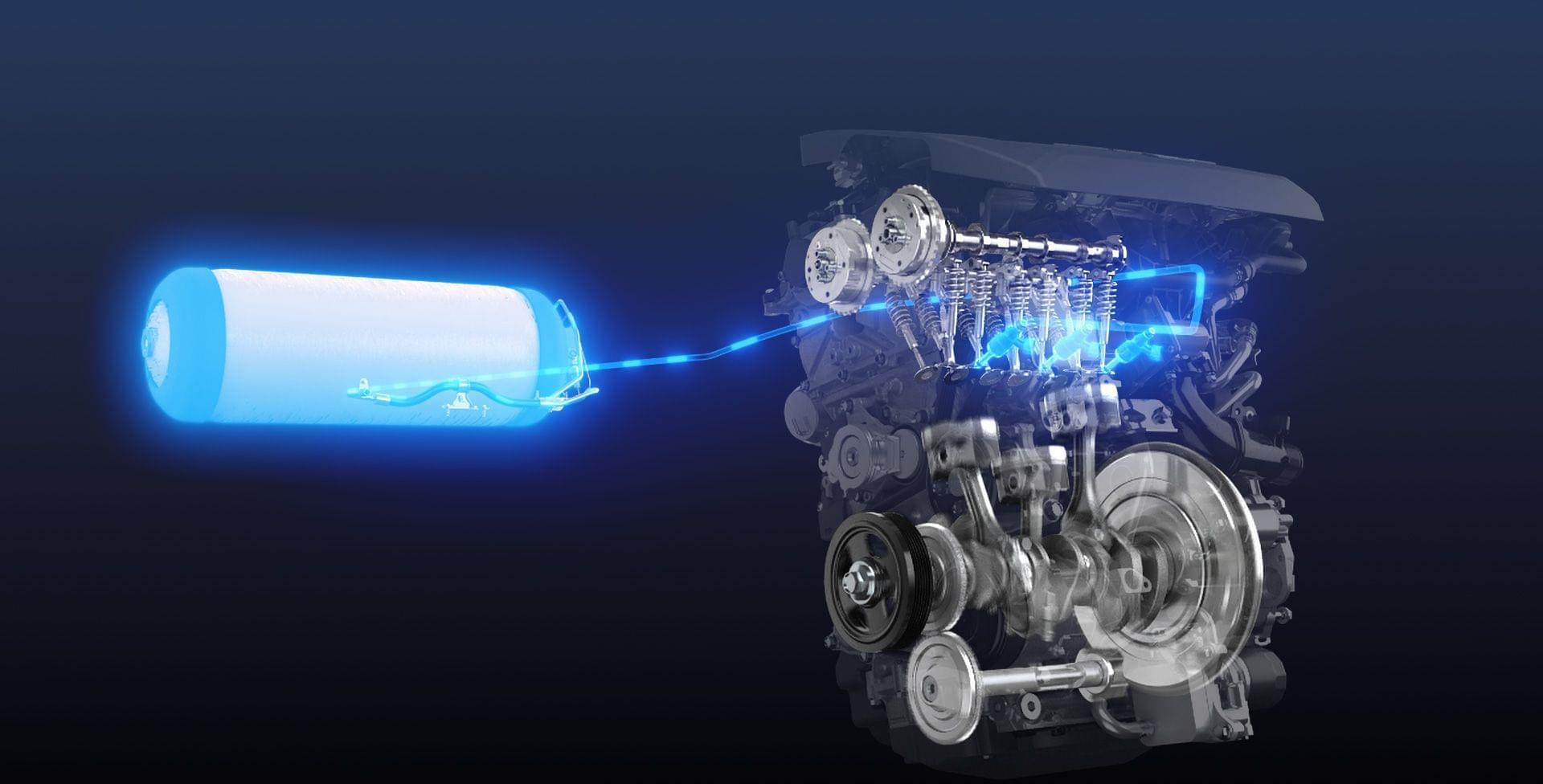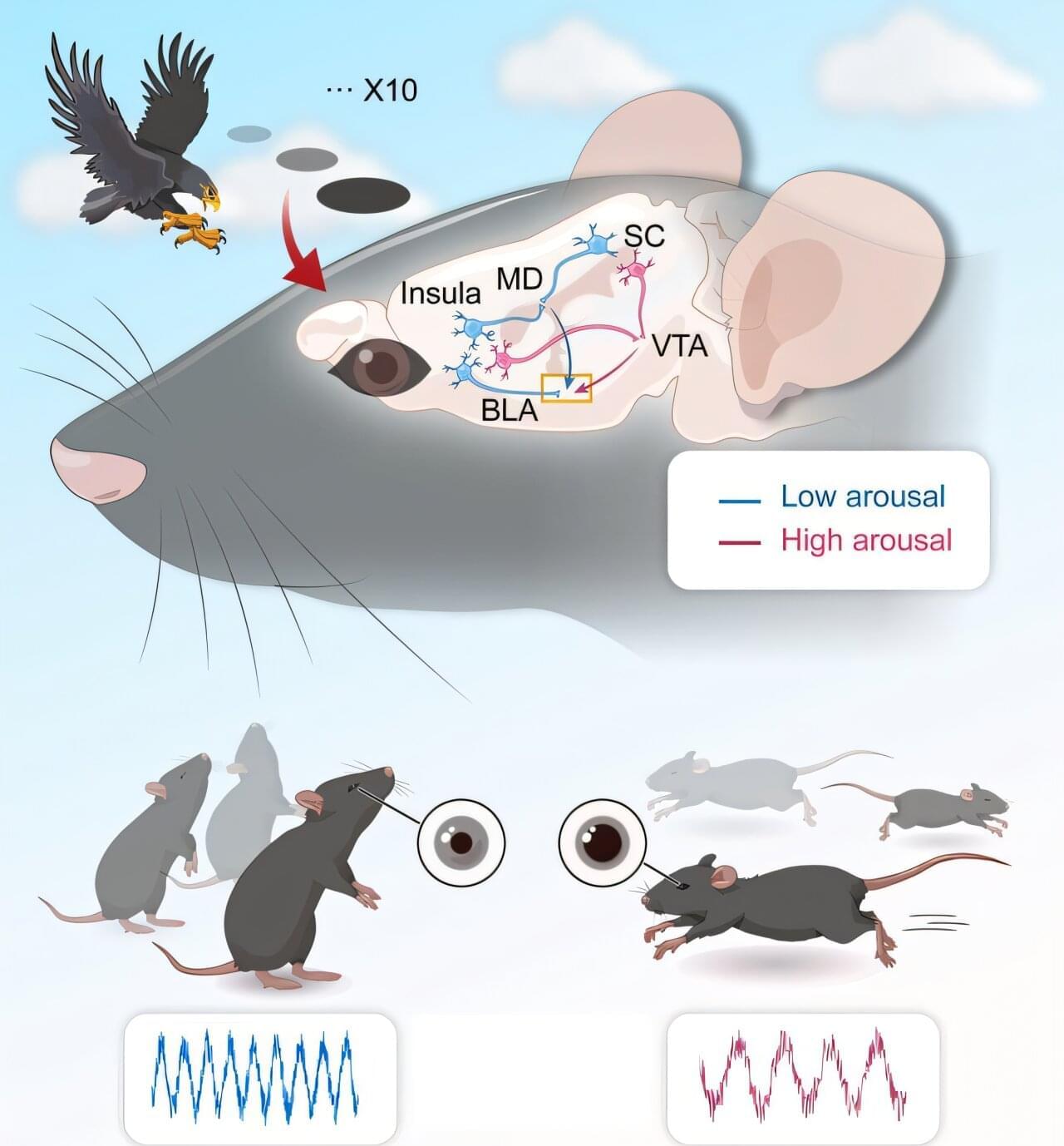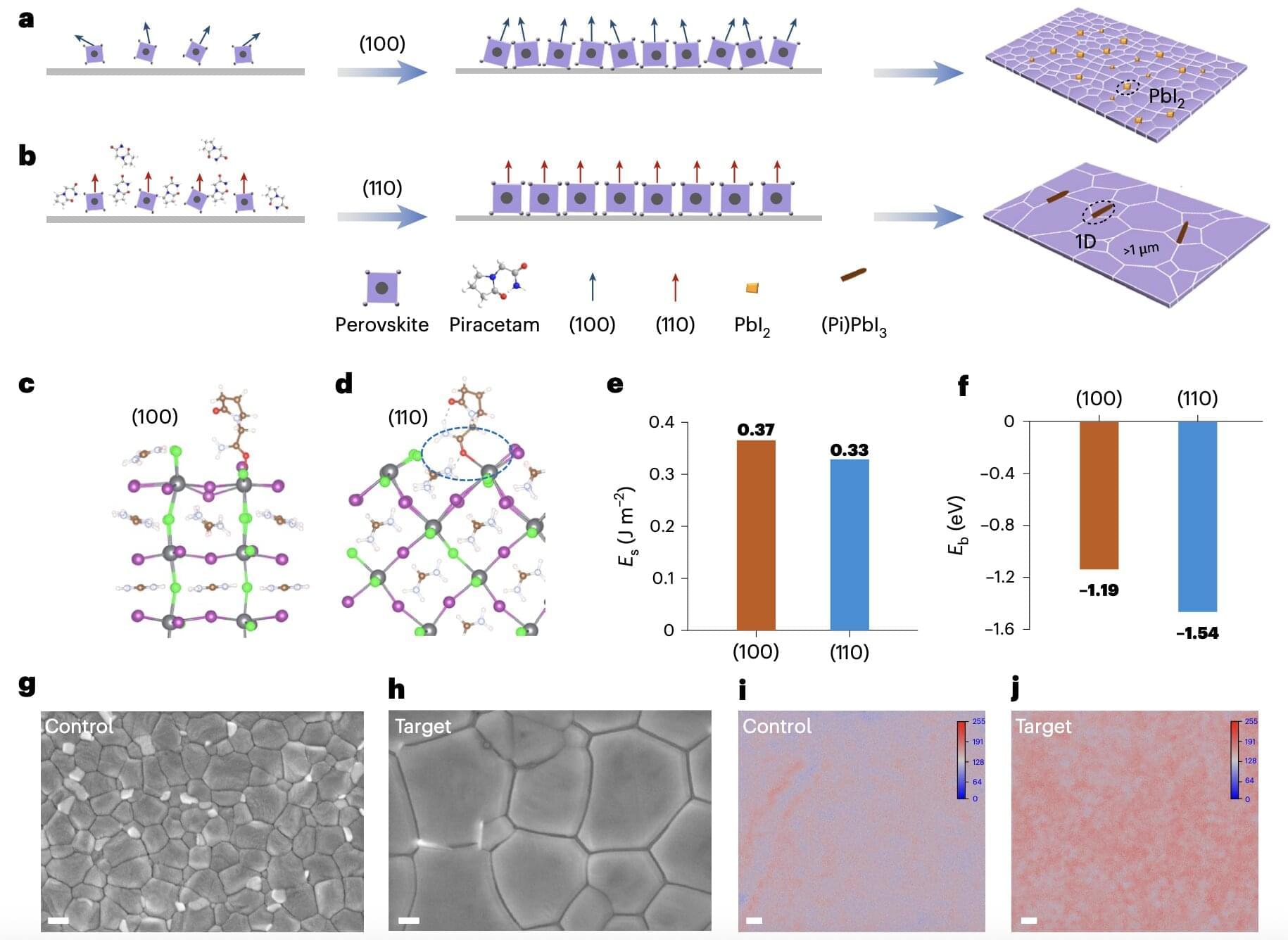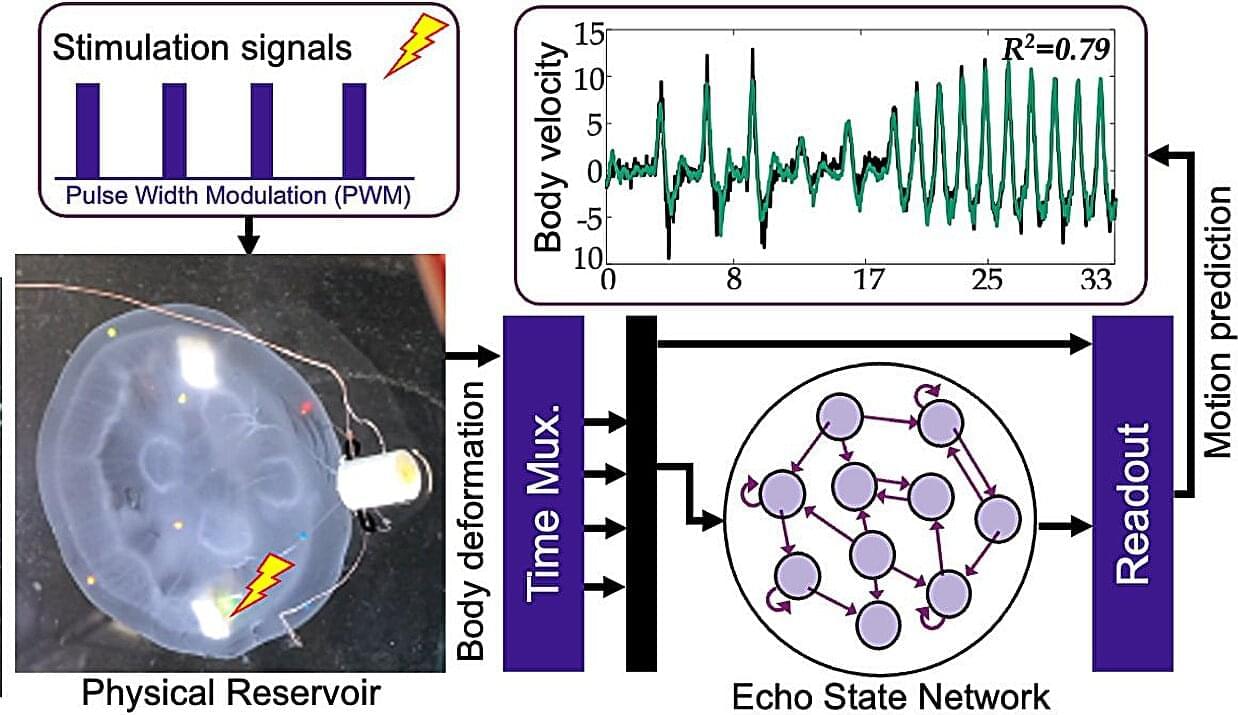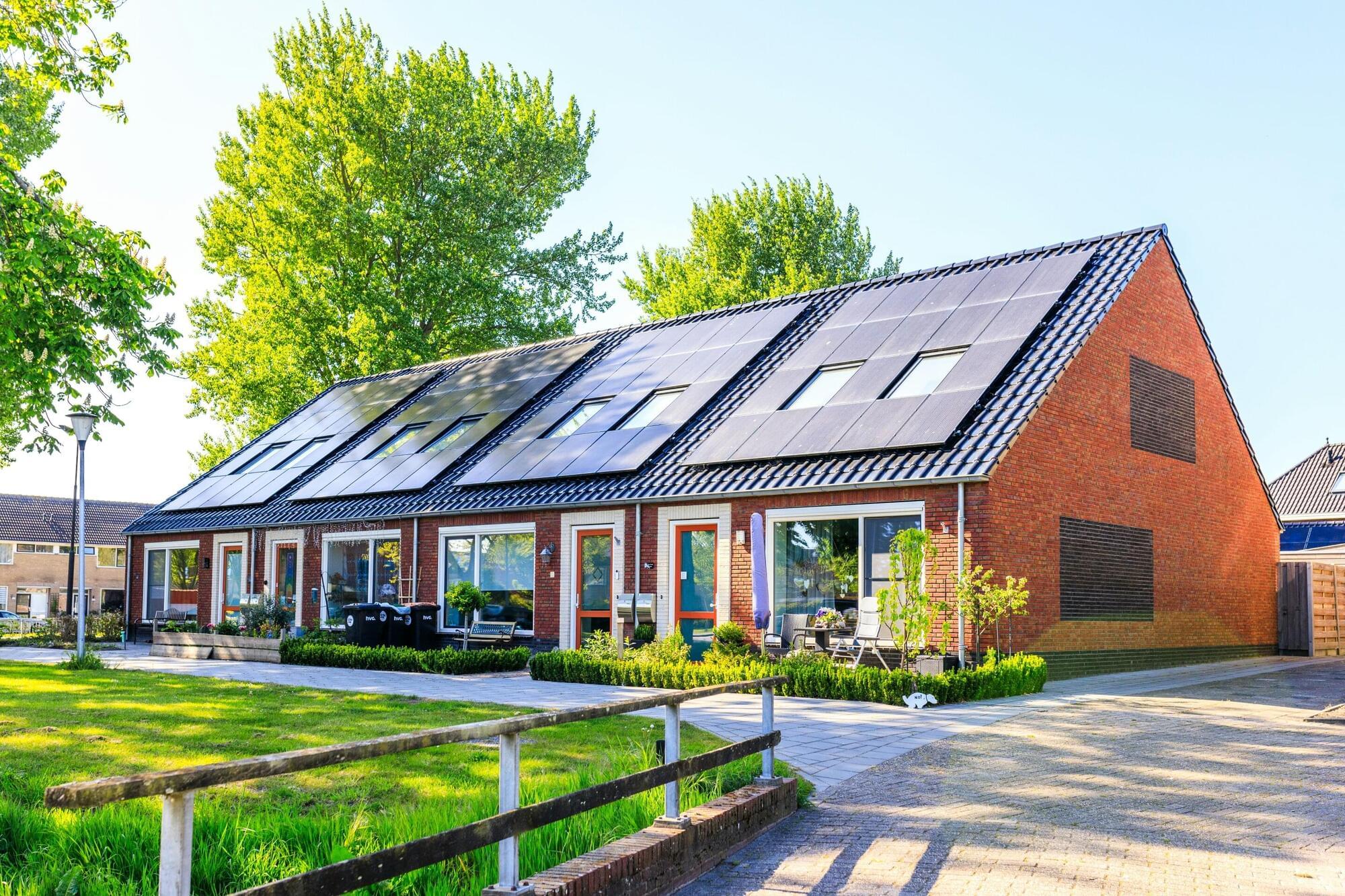With global population growth accelerating urban expansion, construction activity has reached unprecedented levels—placing immense pressure on both natural resources as well as the environment. A cornerstone of modern-day infrastructure, Ordinary Portland Cement remains the most effective and commonly used soil solidifier despite contributing substantially to global carbon emissions.
At the same time, construction waste continues to accumulate in landfills. Addressing both the environmental burden of cement use and the inefficiencies of industrial waste disposal has become an urgent priority.
To tackle these interconnected challenges, scientists from Japan, led by Professor Shinya Inazumi, from the College of Engineering, Shibaura Institute of Technology (SIT), Japan, present a sustainable alternative: a high-performance geopolymer-based soil solidifier developed from Siding Cut Powder (SCP), a construction waste byproduct, and earth silica (ES), sourced from recycled glass.
